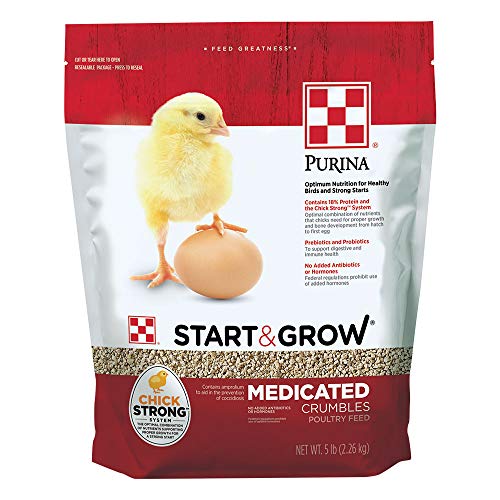All you need to know about keeping chickens – a comprehensive guide to caring for hens in your backyard
Find out what’s involved in keeping chickens and enjoy a constant supply of freshly laid eggs straight from your garden
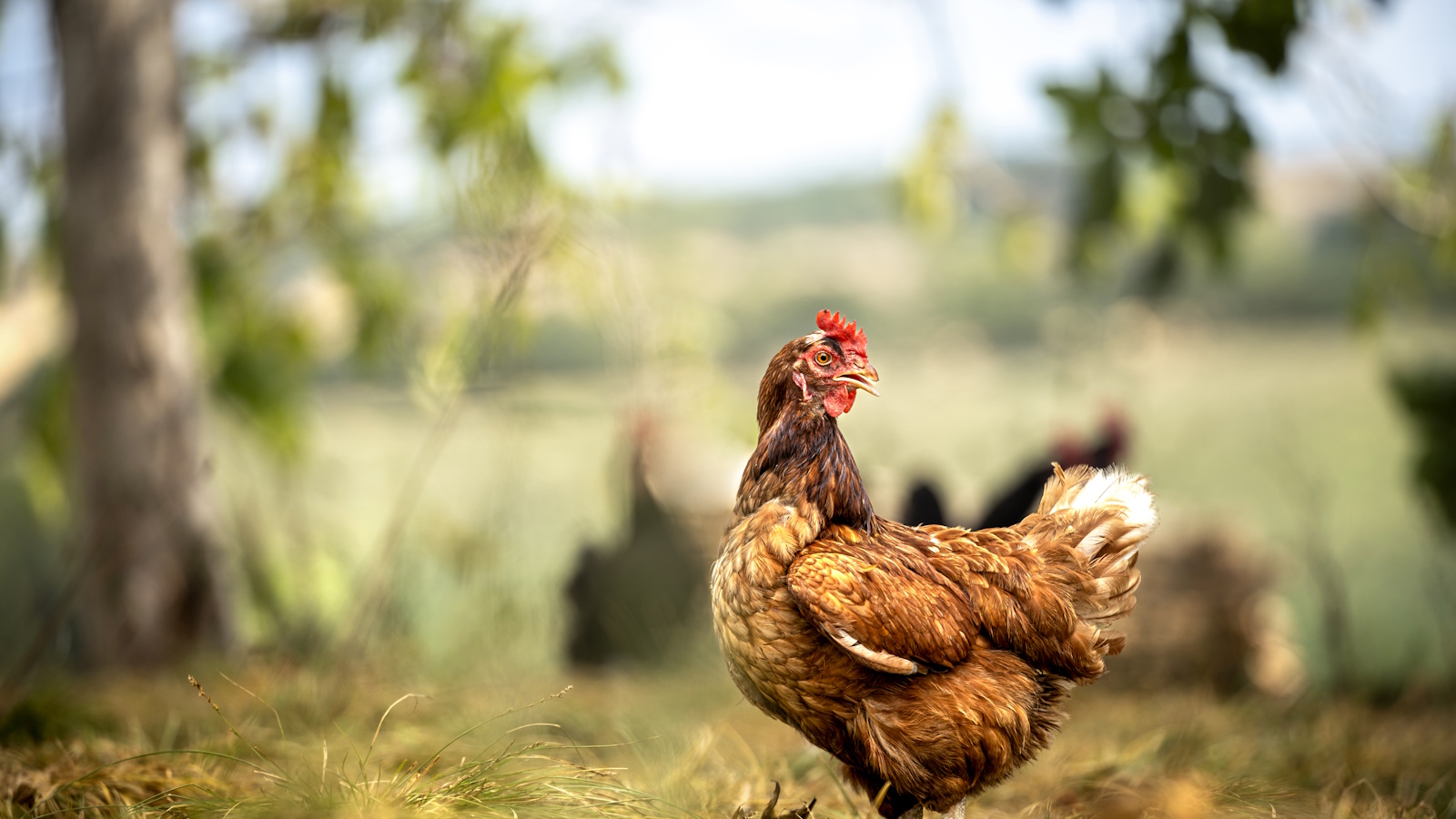

Rachel Crow
Keeping chickens has long been popular with gardeners. In recent years, hosting chickens in backyards has risen in popularity, with more and more people embracing the good life. After all, who wouldn't enjoy fresh eggs produced a few feet away from the kitchen?
If you are new to this, keeping chickens is not just for countryside or rural dwellers. Indeed, you can keep hens in urban areas, too – just check if there are no restrictions regarding keeping poultry in the state or area where you live.
So, if you are looking to upgrade your backyard ideas and fancy yourself as a chicken keeper, our guide has all the information to get you started.
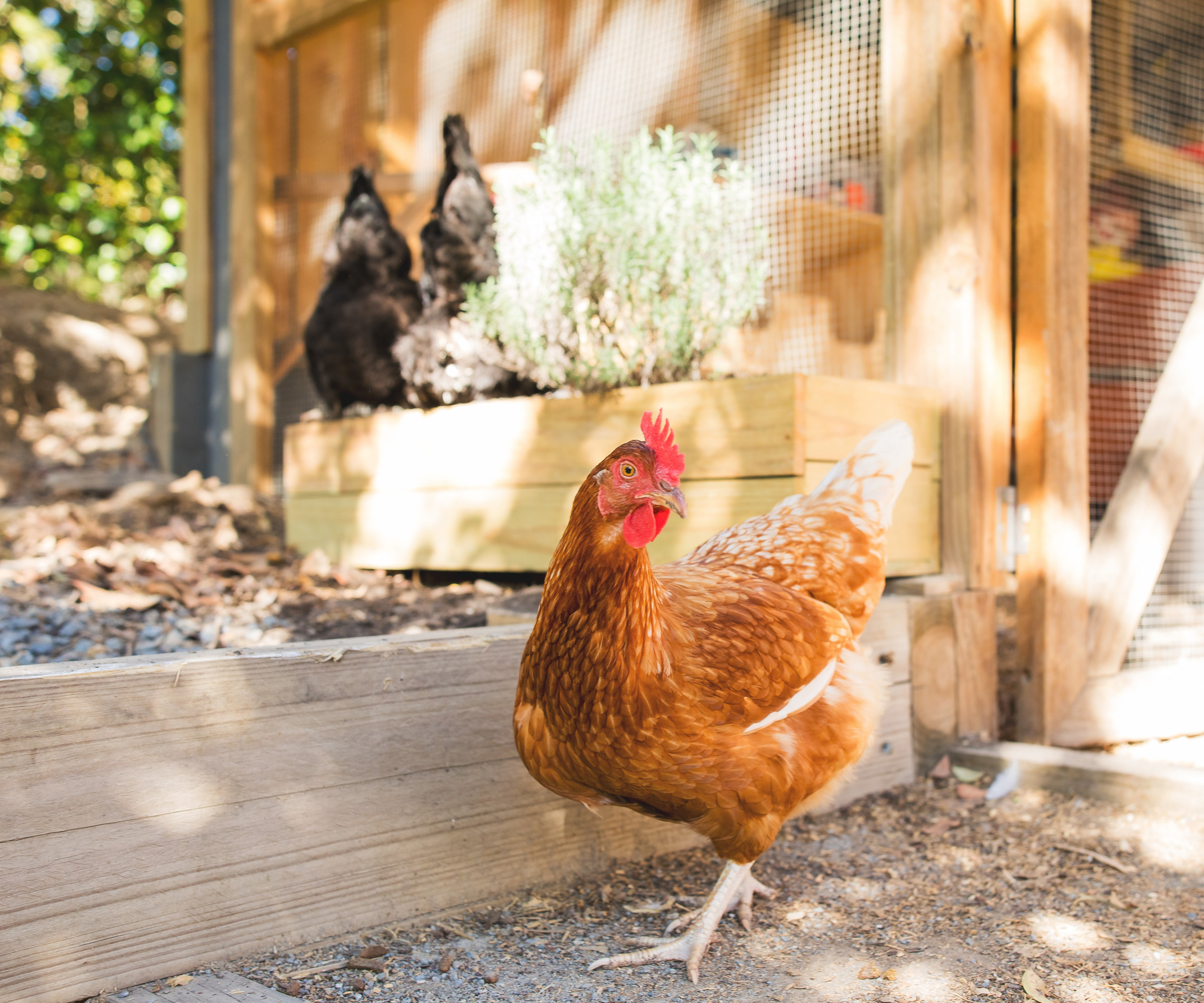
Keeping chickens for beginners
Many gardeners assume that keeping chickens is out of reach and requires a vast plot of years of poultry-keeping experience.
However, by following a few simple steps and core wildlife garden ideas, anyone can get started. Whilst it is true that keeping chickens is a commitment and requires effort, the payout is certainly worth the investment.
What are the rules for having chickens?
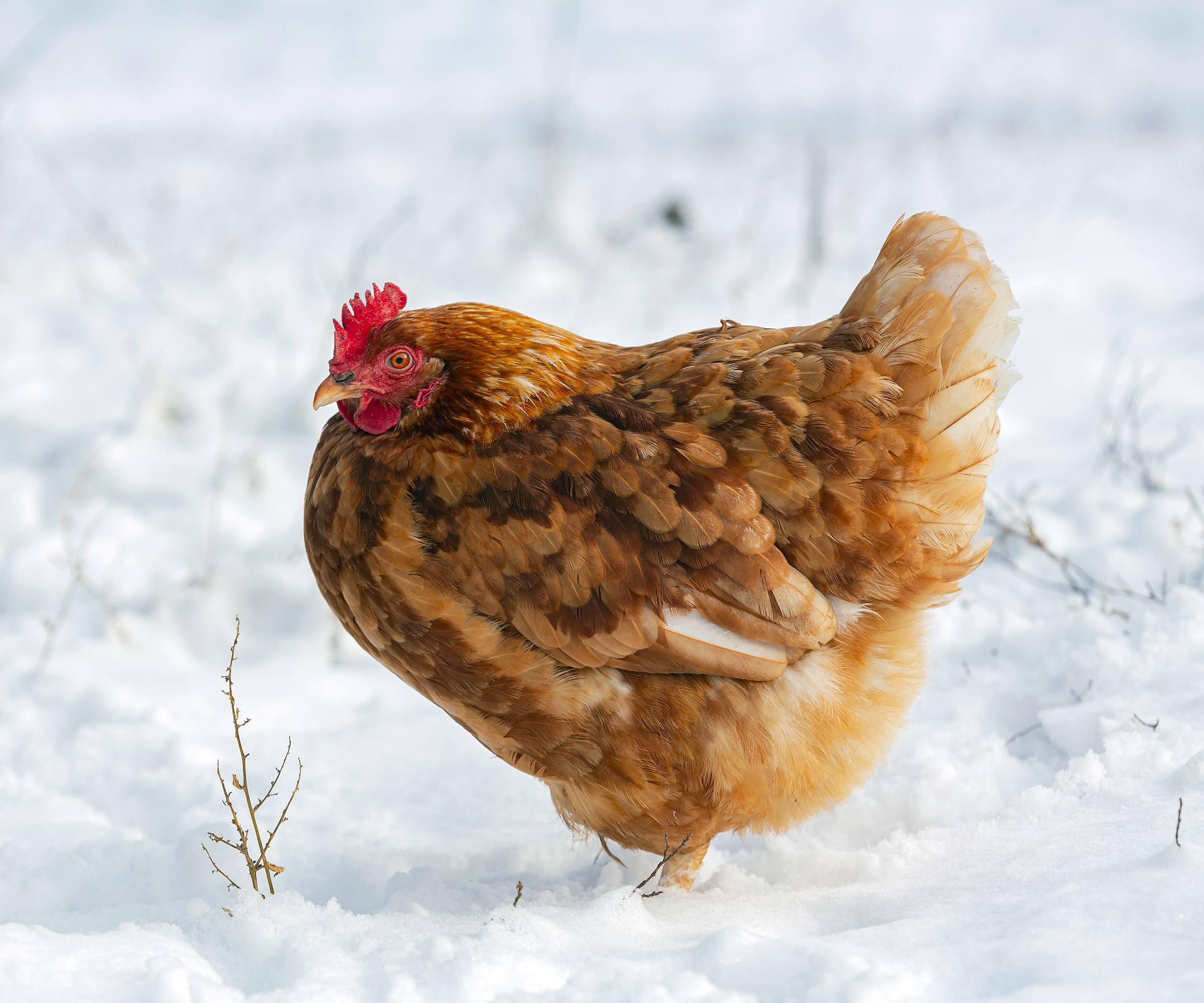
Chicken keeping is on the rise, not least as many celebrities - including Prince Harry and Meghan, as well as Martha Stewart - are well known to love their backyard chickens.
However, before you fly off to buy your first brood of hens, check that backyard farming and keeping chickens is permitted in your neighborhood.
Most towns and cities in the US will have local legislation relating to keeping livestock and poultry in domestic settings. No two towns' restrictions will be the same, so before you procure any chickens, you should find out about the local laws in your area.
Don't let this put you off, however. You just need to make sure you are not breaking any laws, and so spending a little time completing some research is important.
'Chickens are certainly worth the investment. They are so relaxing and entertaining to watch that you'll likely find yourself spending a lot more time with them than you anticipated,' says 5th-generation chicken keeper, Lisa Steele, of Fresh Eggs Daily.
'People soon realise that chickens can make just as good pets as other animals, and they are equally as affectionate and characterful as cats and dogs.'

Dubbed "Queen of the Coop" by the media, 5th generation chicken keeper, cookbook author and Maine Master Gardener Lisa Steele is the creator of the popular brand Fresh Eggs Daily. She has been sharing time-tested advice on raising backyard flocks, as well as recipes using eggs fresh from her coop and produce fresh from her gardens, for more than 15 years.
Where is the best place to buy chickens?
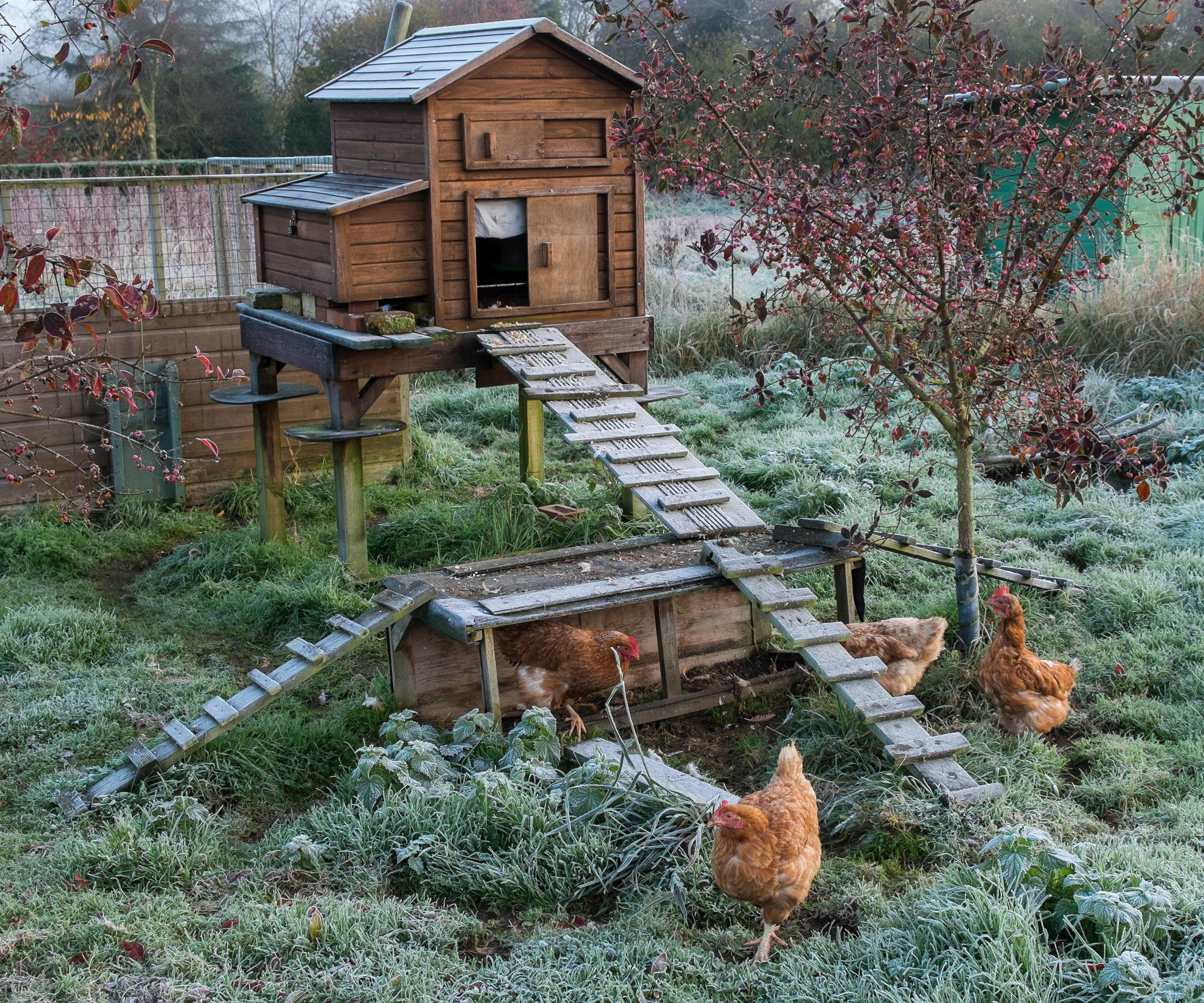
'I would always suggest asking at your local feed store to find the easiest place to get started with baby chicks,' explains Lisa Steele.
'Most feed stores will begin selling chicks early in the spring, with breeds tailored to your local climate. Alternatively, a hatchery will ship your chick order anywhere in the country.
'Hatcheries are also known to have a wider variety of breed options, but local farms might sell older chicks, known as pullets, closer to the age when they start laying – which is around five months old,' Lisa adds.
Where you buy your feathered flock might also depend on whether you prefer a particular breed. Some people buy hybrids, which are a mixture of breeds. These are easy ‘starter chickens’, bred to be hardy, placid and good-tempered.
Others might be attracted to the pretty plumage and varying sizes of pure breeds, which are usually sourced from specialist breeders.
How much space do you need for keeping chickens?
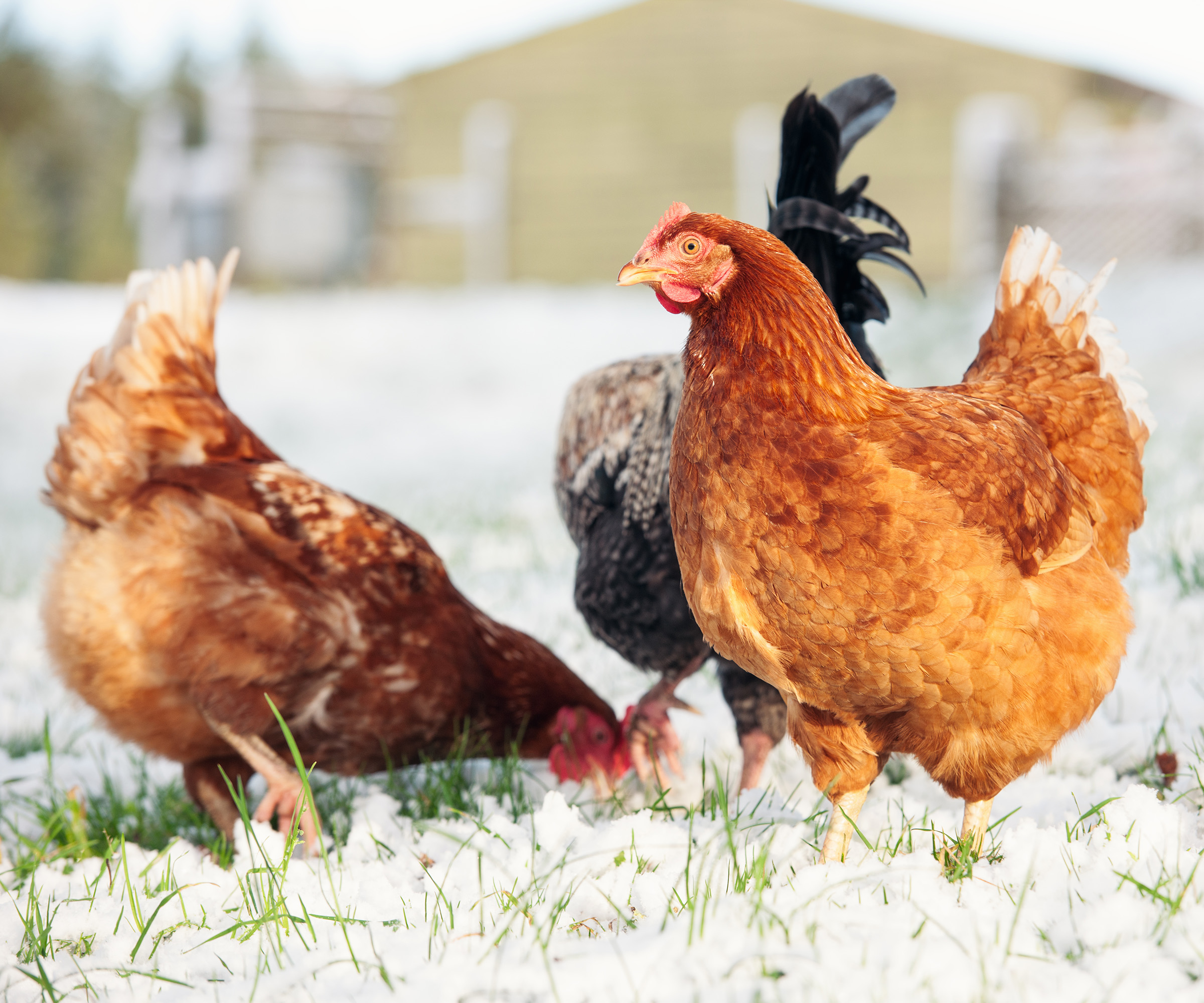
Whatever space you have, it is vital to make sure that it is well fenced and secure from predators, day and night.
Create an area in your backyard that you can put aside as a permanent site for the coop and run. Provide enough space to reduce unhealthy behaviour or bullying and stress in the flock.
'The coop should have at least 8 inches (25cm) of roosting or perch space per chicken, and 3 to 4 square feet of floor space,' advises Lisa.
Chicken coops are available to purchase from Walmart.
Outside, ex-caged birds need a minimum of 10 square feet (1 sq meter) per bird, while ex-free range hens need 10 square feet (2 sq m) per bird, plus the ability to free range each day.
Another factor to consider is that the run also needs to be big enough for you to get into to clean each week.
Ultimately, the more space you can provide for the chickens to roam, the better. They will have an excellent time and appreciate any opportunity they can get to run around and play.
How many chickens should I start with?
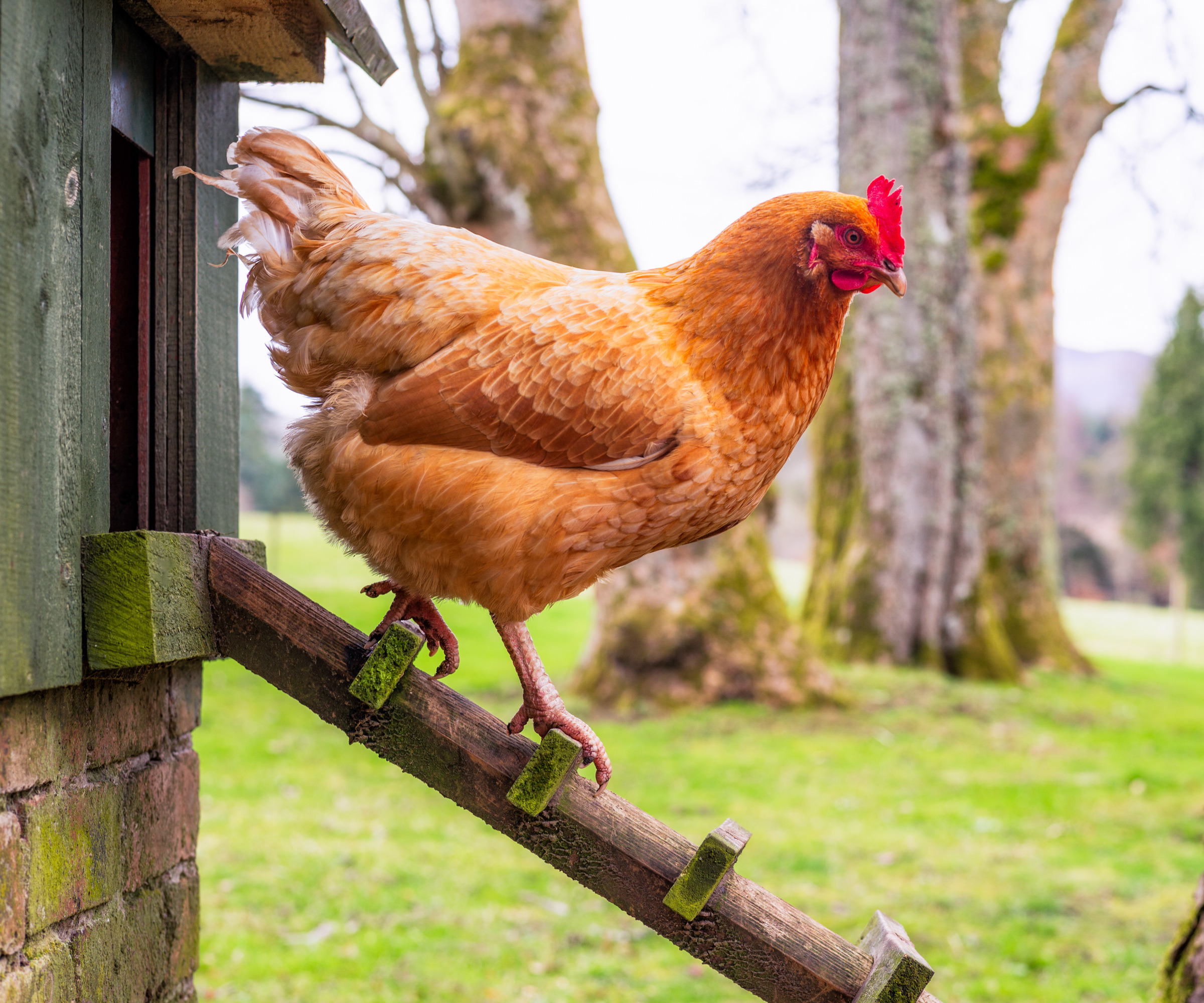
Start with a minimum of three hens. Chickens are social creatures and like to flock together.
'A good starter flock consists of five to six hens,' Lisa says. 'They will lay enough eggs for a family of four. A flock of that size will be perfectly happy in a coop that measures four feet by six feet and a run that measures six feet by ten feet.'
What equipment do you need for keeping chickens?
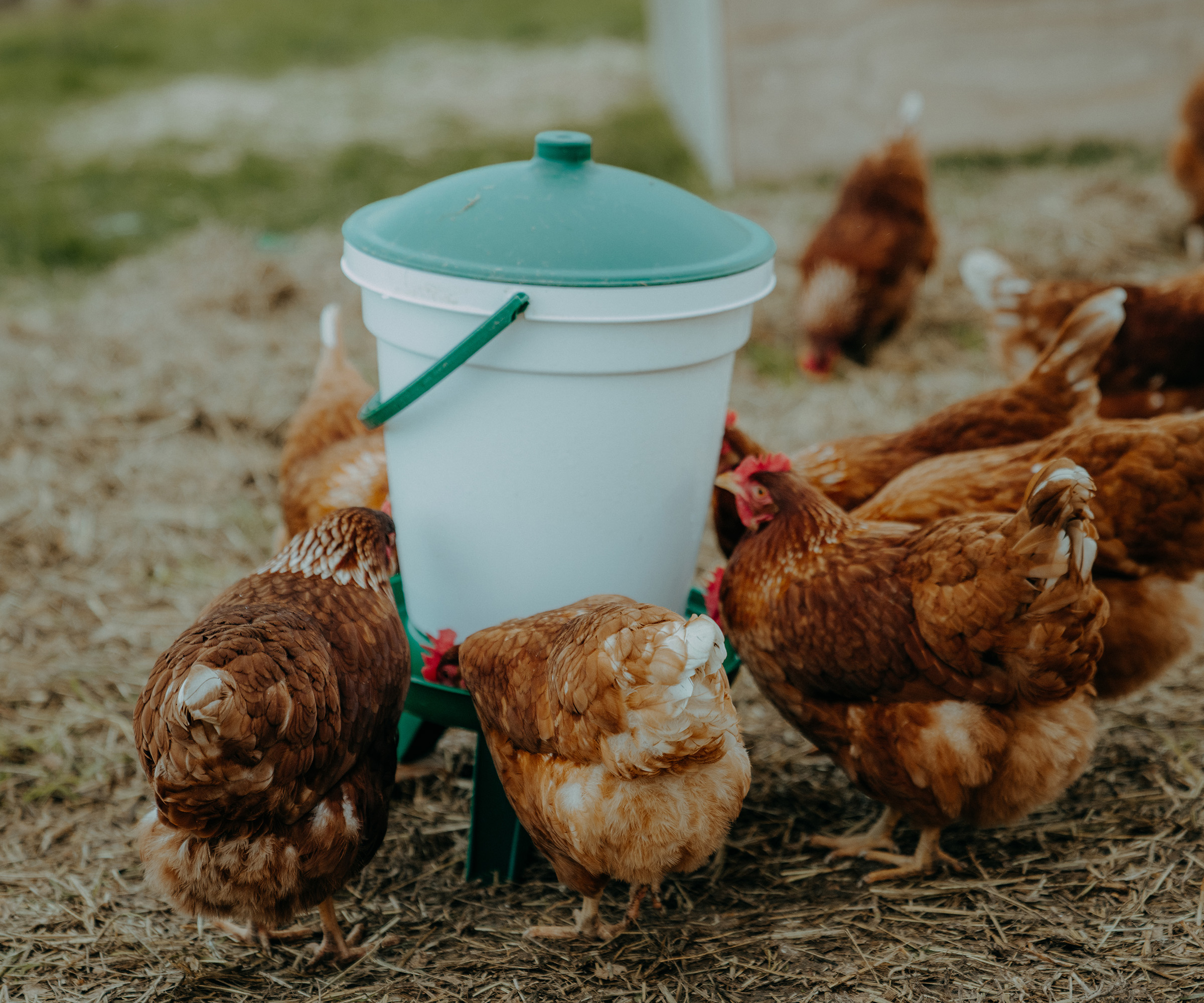
You don't need a lot of equipment for keeping chickens, but you will need the following basics:
- One chicken coop and run, like this wooden hen house from Walmart
- Chicken feeder
- Water container, like this chicken waterer from Amazon
- Heat lamp, available from Walmart, if you have baby chicks to provide them with warmth for about the first eight weeks
- Bedding, such as straw or shavings, available from Walmart
- Chicken feed, available from Amazon
- Nutritional supplements
Sourcing a high-quality and secure chicken coop is important. It must be watertight to keep chickens warm in winter and have good ventilation for hot weather in summer.
You need a robust coop, which comes apart for cleaning, plus a run – either attached or a walk-in run with the coop in it. Don’t be tempted to take on a second-hand wooden coop as this may come with red mites.
There are many types of coops on the market, or if you're handy with woodworking tools, you could have a go at making your own. It should have at least one nesting box for each three to four hens, as this is where they will lay their eggs.
'The coop and run need to be predator-proof, which means the pen fencing should be sunk into the ground and no larger than 1-inch welded wire – chicken wire won't keep chickens safe from dogs, foxes, or raccoons despite its name,' advises Lisa.
Bear in mind that chickens can fly up to 10 feet high, so the fencing needs to be tall enough, too.
'The closures of your coop are also important,' Lisa says. 'They should be padlock style or secured with a carabiner or locking eye hook as raccoons can lift bolts and turn knobs.'
Check out this predator-proof chicken coop, available from Walmart.
What should chickens be fed?
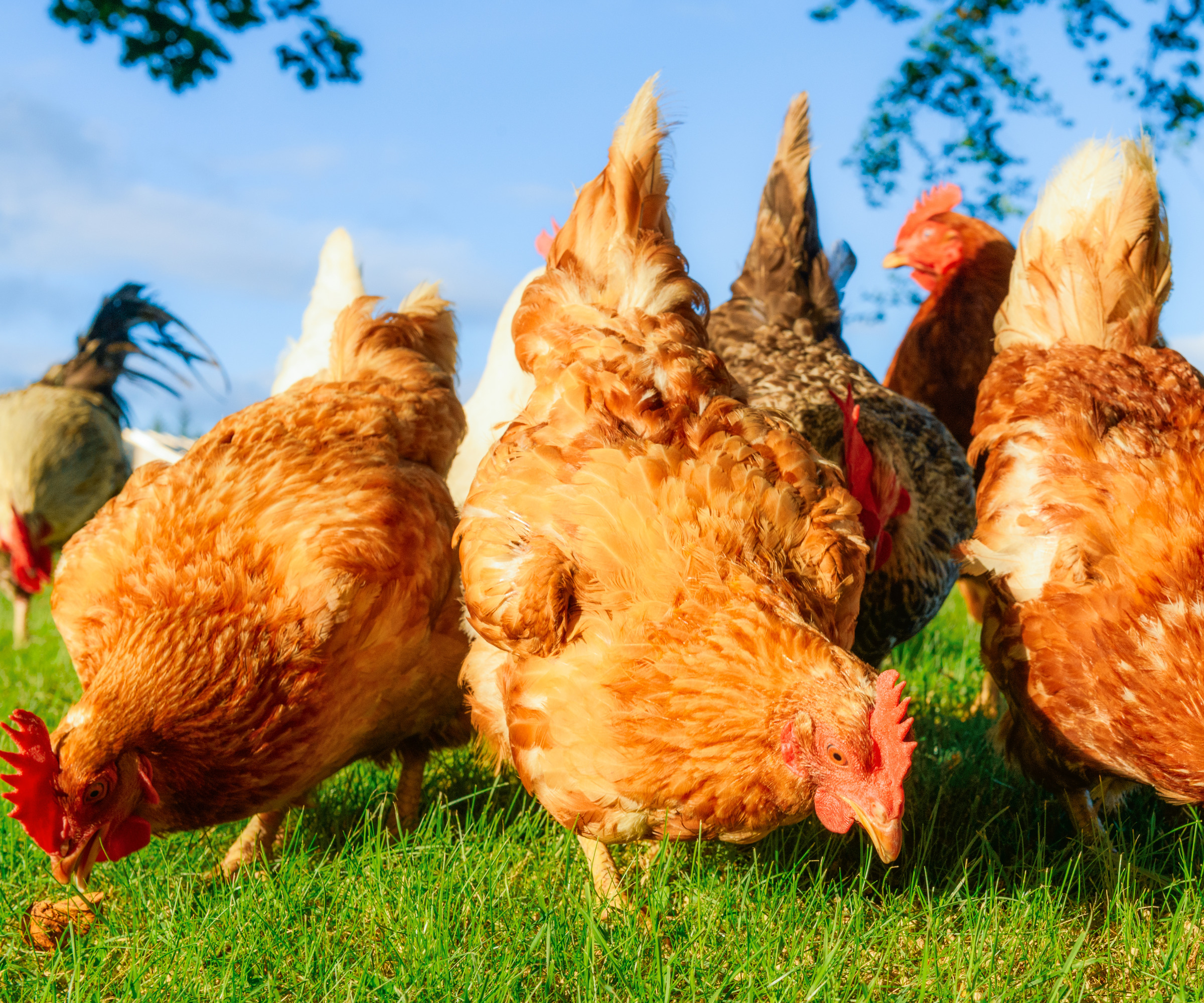
Chickens have fairly specific nutritional needs, and there are many good feeds on the market. It's important not to feed chicken kitchen scraps and animal by-products.
Lisa advises the following feed and diet supplements for different ages of chicken:
- Baby chicks should be fed "chick starter" feed for the first eight weeks, then switched to a slightly lower protein grower feed until they are almost of laying age, usually around 18 weeks. Chick starter feed is available to order from Amazon.
- Then, they should be fed a layer feed that has elevated levels of calcium, which is necessary for strong eggshells.
- Along with feed, chickens will benefit from a supplemental calcium source, such as crushed eggshells, oyster shells, and grit. While grit is nothing more than coarse dirt and small pebbles, chickens use the stones to grind up the food they eat because they don't have teeth.
- Supplementing chickens' diet with things like probiotics, sea kelp, garlic, brewers yeast, and flax will encourage healthier chickens and more nutritious eggs.
- Chickens also love fermented feed, sprouted grains, and a large variety of seeds and nuts, dried grubs, crickets, and mealworms.
FAQs
How time consuming is keeping chickens?
Keeping chickens is not too time-consuming. You can choose to spend as much time as you like with your chicken flock. But 15 minutes daily to feed them, give them fresh water, and check on them should be sufficient. On top of that, allow an hour each week for cleaning out, mite-proofing their coop, and sanitizing their run, plus quarterly mite and worm treatments.
Are chickens difficult to keep?
'Chickens aren't difficult to keep once you have your morning and evening routine down,' says Lisa. As with most animals, they require time each day to attend to their health and hygiene requirements. The most challenging aspect of keeping chickens is keeping them safe from predators. 'Common predators include your neighbor's dog, foxes and – depending where you live – raccoons, coyotes, weasels, opossums, skunks, bears, and bobcats.'
'Chickens generally do not need heat in winter,' advises Lisa, 'although learning how to care for chickens in winter is important. Just keep an eye on them during freezing temperatures.
'You won't need electricity for your chicken coop, but running a fan for your flock isn't a bad idea if you encounter extreme summer heat.'
Shop chicken keeping essentials
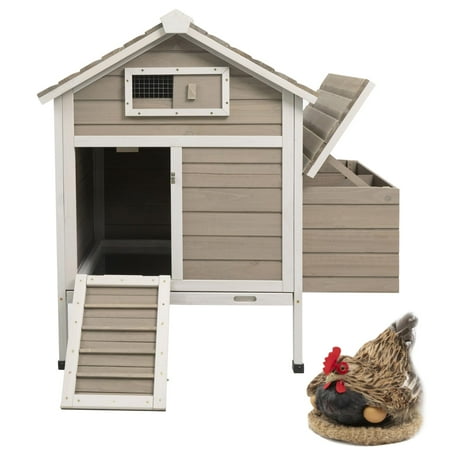
The Petscosset coop is raised off the ground and has a metal lock on the roof of the nest box, providing better protection for your pets.
Sign up to the Homes & Gardens newsletter
Design expertise in your inbox – from inspiring decorating ideas and beautiful celebrity homes to practical gardening advice and shopping round-ups.

Thomas is a Content Editor within the Gardens Team at Homes and Gardens. He has worked as a professional gardener for both public spaces and private estates, specializing in productive gardening, growing food and flowers. Trained in Horticulture at the Garden Museum, he has written on gardening and garden history for various publications, including The English Garden, Gardens Illustrated, Hortus, The London Gardener and Bloom. He has co-authored a Lonely Planet travel book, The Tree Atlas, due out in 2024.
You must confirm your public display name before commenting
Please logout and then login again, you will then be prompted to enter your display name.
-
 I've spent over 200 hours testing vacuums and swear by my two Dysons – this is how I properly clean a Dyson vacuum filter for longer-lasting appliances
I've spent over 200 hours testing vacuums and swear by my two Dysons – this is how I properly clean a Dyson vacuum filter for longer-lasting appliancesYour Dyson vacuum will last much longer and clean at its best
By Dan Fauzi Published
-
 Bethenny Frankel calls this $695 machine the 'Rolls-Royce Cullinan of coffee' – it's a must-have luxury buy for iced-coffee lovers this springtime
Bethenny Frankel calls this $695 machine the 'Rolls-Royce Cullinan of coffee' – it's a must-have luxury buy for iced-coffee lovers this springtimeThe Real Housewife swears by a luxurious machine that makes nitro cold brew, cold brew, and cold espresso at the touch of a button – here's why it's worth it
By Sophie Edwards Published
